Weighing In Pesticides
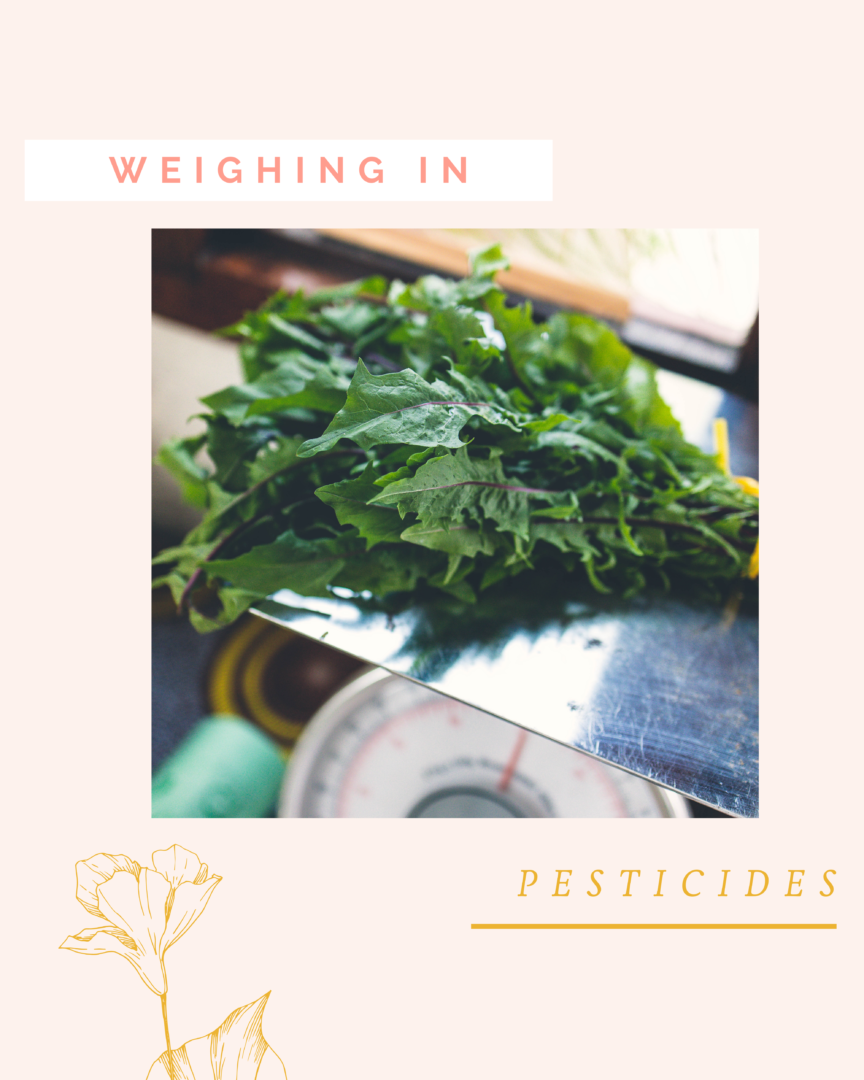
Swiss physician and alchemist Paracelsus is credited with saying “The dose makes the poison” Latin:sola dosis facit venenum. Ancient Ayurvedic textbooks interestingly also show an in-depth exploration of Visha Chikitsa (treatment of poison). When dosed at appropriate levels, some things are powerful medicine…working with medications demonstrated that to me time and again. And then there are steady poisons that take generations to be apparent.
90,000 + chemicals are present in our lives. Many of these chemicals do not undergo rigorous safety testing over time. For example, think of Agent Orange, which had a role in my father’s death.
Thursday night, I led a discussion in CH about this. It is nuanced; however, we were lucky to have @thesmarthuman with us, who has written Non-Toxic Guide to Living Healthy in a Chemical World. GET THIS BOOK!
I was very irritated researching the information for this post. I started looking at the controversy surrounding the use of pesticides. As doctors, we need to support clinical inquiry that looks at all aspects of their **combined** effects, from the impact in developing brains to shifting the microbiome to conservation/sustainability to the health of those who are farming.
Each year, EWG offers their dirty dozen list (swipe right for this). “The Shopper’s Guide ranks pesticide contamination on 46 popular fruits and vegetables based on an analysis of more than 46,075 samples taken by the USDA and the FDA. Each year the USDA selects a subset of these fruits and vegetables to test, rather than testing each crop each year.
To create this guide, EWG uses data from the most recent one-to-two-year sampling period for each food.” Check out their article link in my profile. Clean Fifteen are affordable low pesticide options! Remember – the most expensive food you have is the food you throw away!
We had a great discussion with beautiful ideas for shifting meals towards organic (understanding that pesticide use is still possible under the organic label, just not to the same extent). Jump in comments to see their reflections.
Over the coming week, I’ll be sharing more about my explorations into food production.
Blog Posts with Focus On Local, Seasonal Food in Phoenix
Listed below are all recent blog entries with tutorials. These entries use the freshest of ingredients from your local farmer’s market or garden.
*Please note as an affiliate, I earn from qualifying purchases which means I will receive a small fee if you purchase them. I have only included things I truly use. This post is for educational and informational purposes only and solely as a self-help tool for your own use. I am not providing medical, psychological, or nutrition therapy advice. You should not use this information to diagnose or treat any health problems or illnesses without consulting your own medical practitioner. Always seek the advice of your own medical practitioner and/or mental health provider about your specific health situation. For my full Disclaimer, please go here.
Leave a Reply
Get On The List
Sign up for information about a whole foods plant-based lifestyle, future classes and updates.
FIND EASE IN THE KITCHEN


Want to take it to go?
By joining, you will get this exclusive recipe booklet for free and be added to our newsletter. You can unsubscribe at any time.
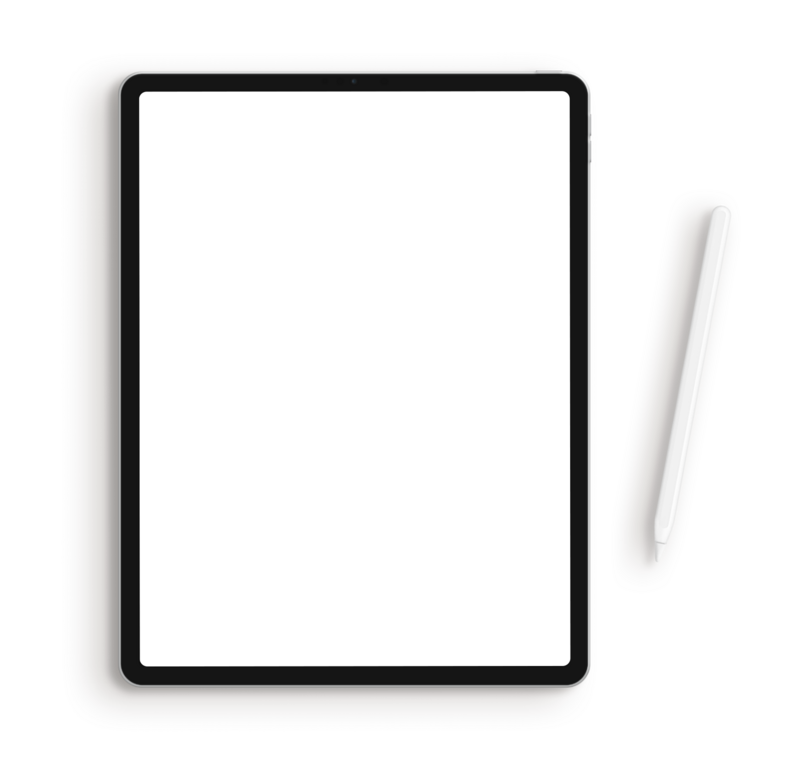
Enjoy these plant-based recipes
Learn what spices to buy
Get my favorite plant-based recipes for your home kitchen in this free ebook.

Join me for long form instruction where you can dive into my and hear my perspectives as a cook and doctor!
YOutube
Frankly, not too much time here HOWEVER if you tweet at me I'll respond.
Let's collaborate. Here is where you can review my educational background and certifications.
Linked in
Join in this private facebook group where I share daily recipes and videos to enjoy the kitchen.
Facebook group
I've been saving all my favorites for the last 10 years into boards for you!
Here is where you can quickly find all my favorite recipes as well as lifestyle techniques for vitality.
Let's Connect on Social Media
Click on the icon





Recipes that we are always asked for. Like walking or brushing our teeth, these recipes nourish us everyday.

My favorite plant-based recipes sent to your inbox.
Free Ebook
○ 10 PLANT-BASED RECIPES
with an Ayurvedic Focus
○ SPICE CABINET INTRODUCTION
○ HOMEMADE CHAI & GOLDEN MILK Recipes
By joining, you'll get this exclusive ebook for free and be added to our newsletter. You can unsubscribe at any time. Privacy Policy.
Plant focused recipes that are oriented to bring you to a deeper relationship to spices and flavor. Recipes I make every week.
Get your spice cabinet together in this new found joy of cooking where you may need a few new spices and herbs for your meals.

My favorite plant-based recipes sent to your inbox.
Free Ebook
○ 10 PLANT-BASED RECIPES
with an Ayurvedic Focus
○ SPICE CABINET INTRODUCTION
○ HOMEMADE CHAI & GOLDEN MILK Recipes


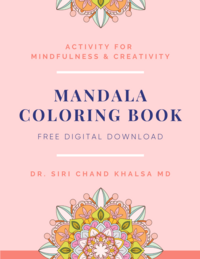
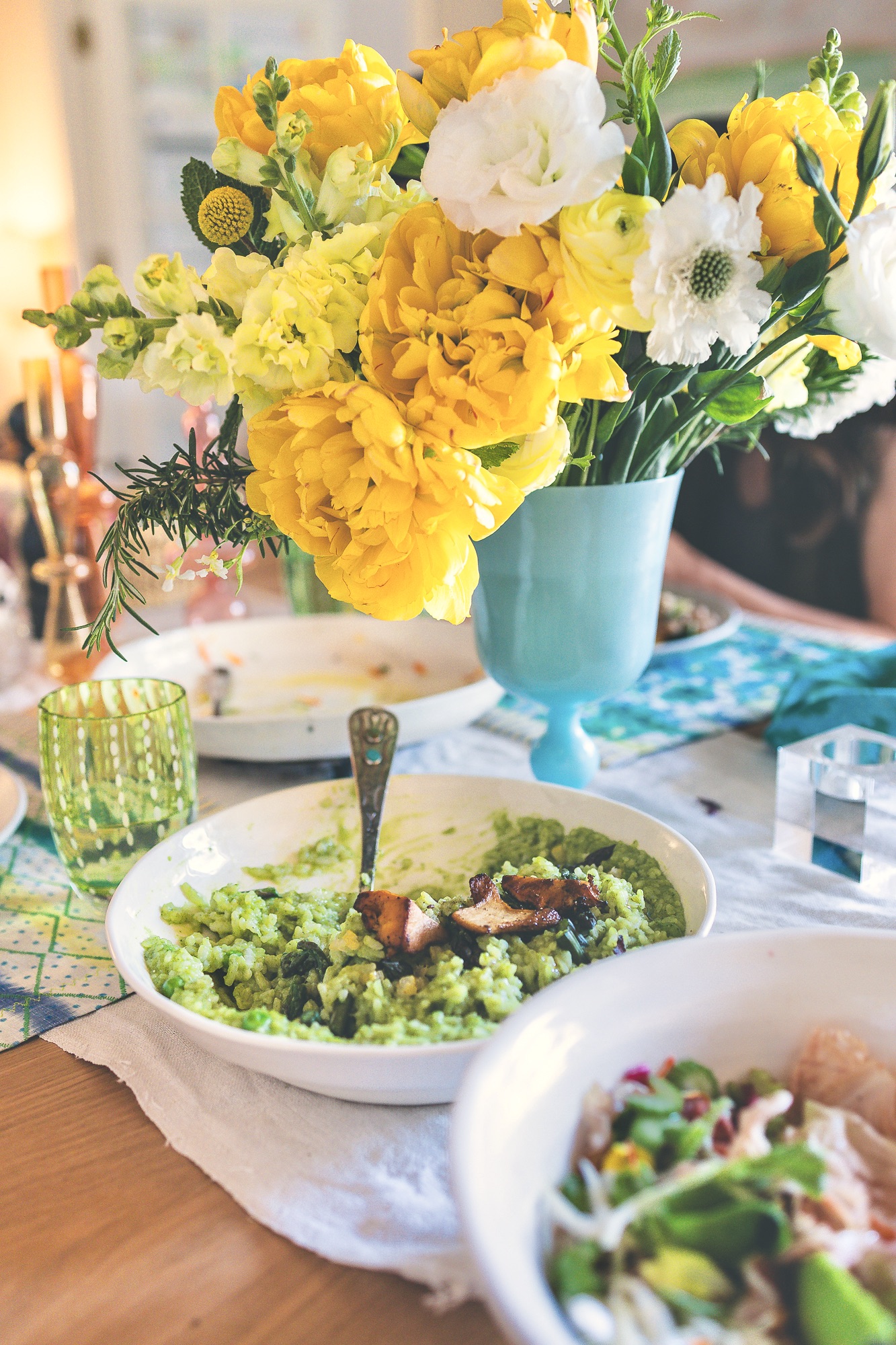
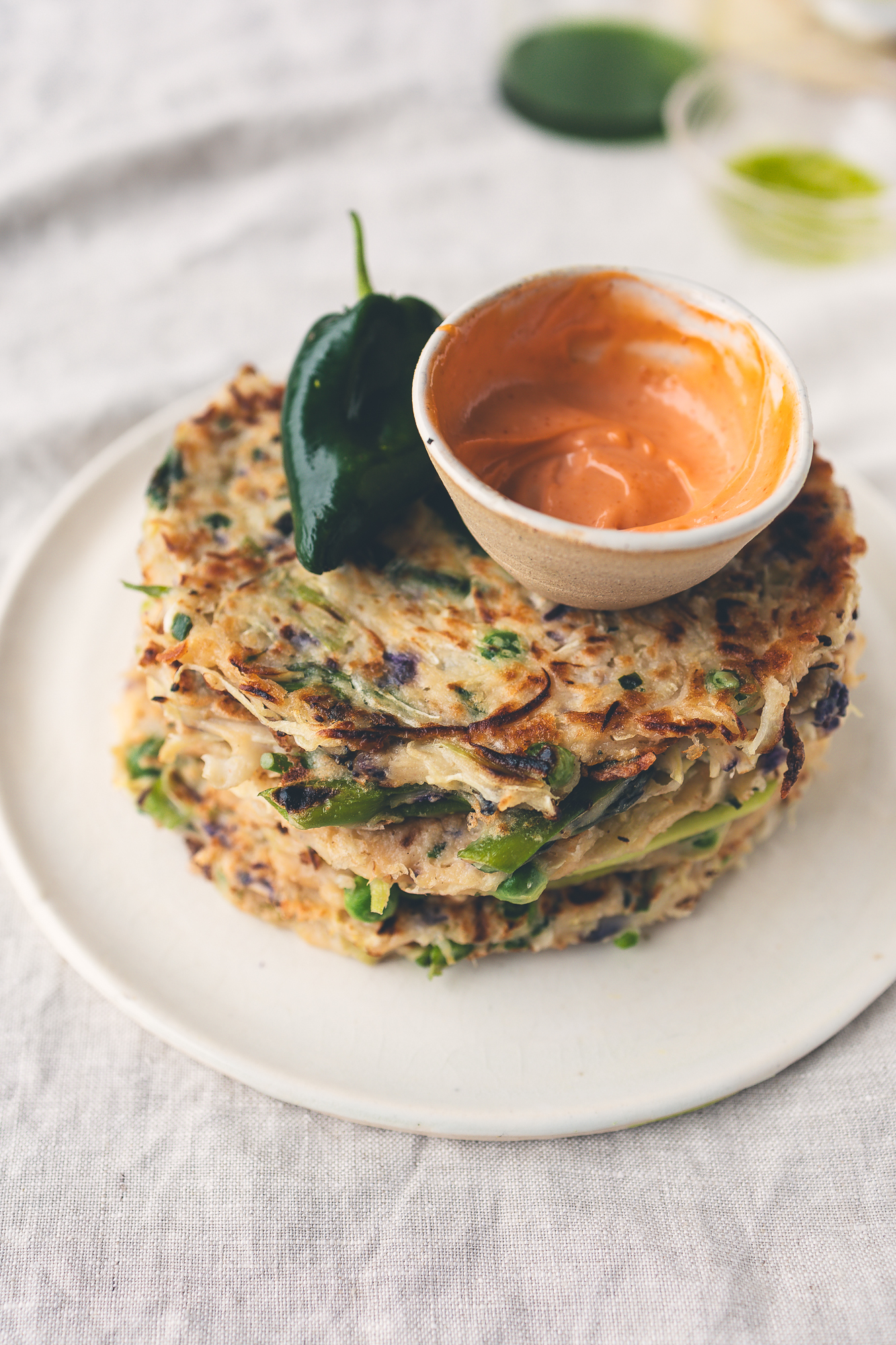
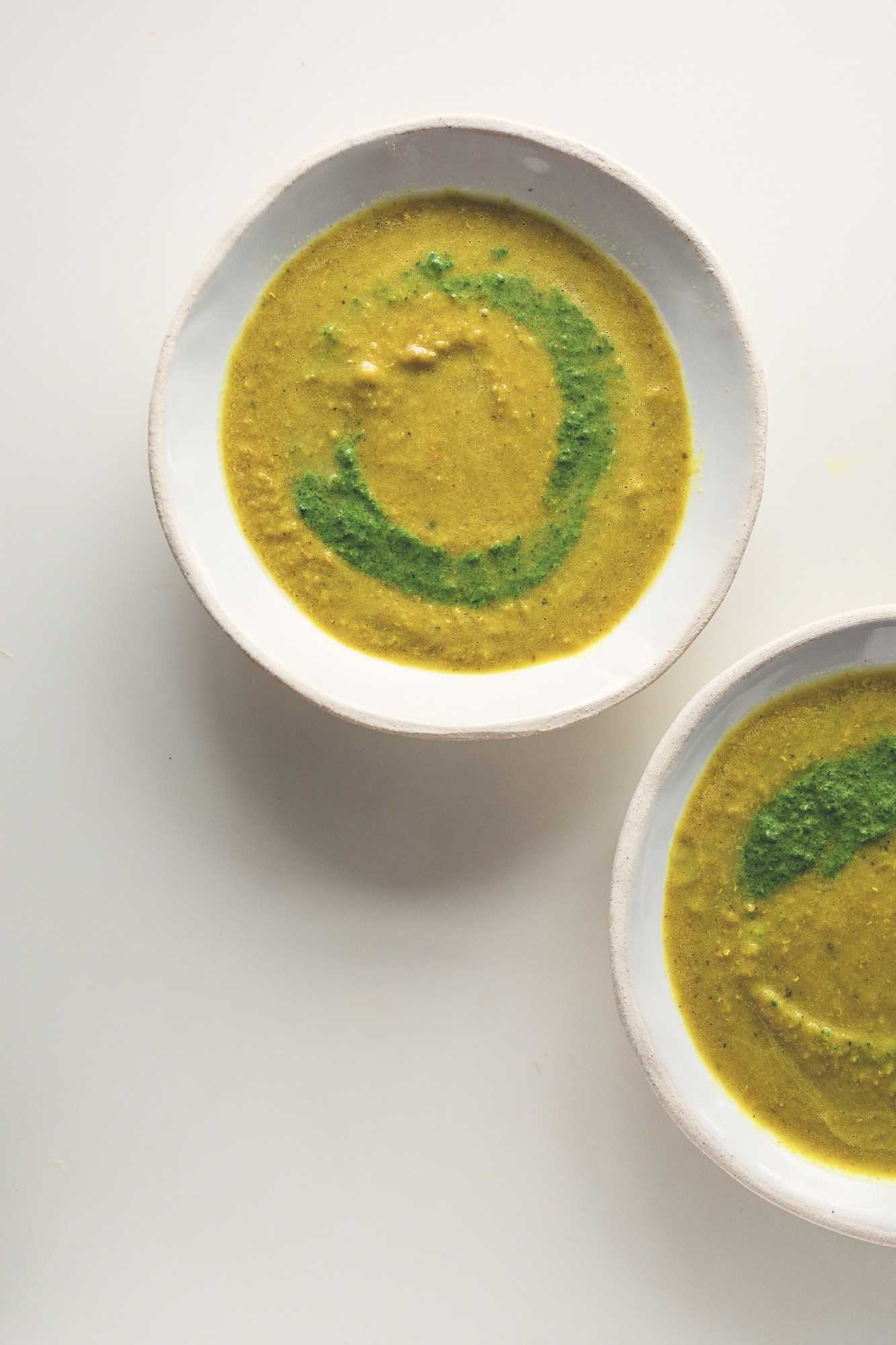
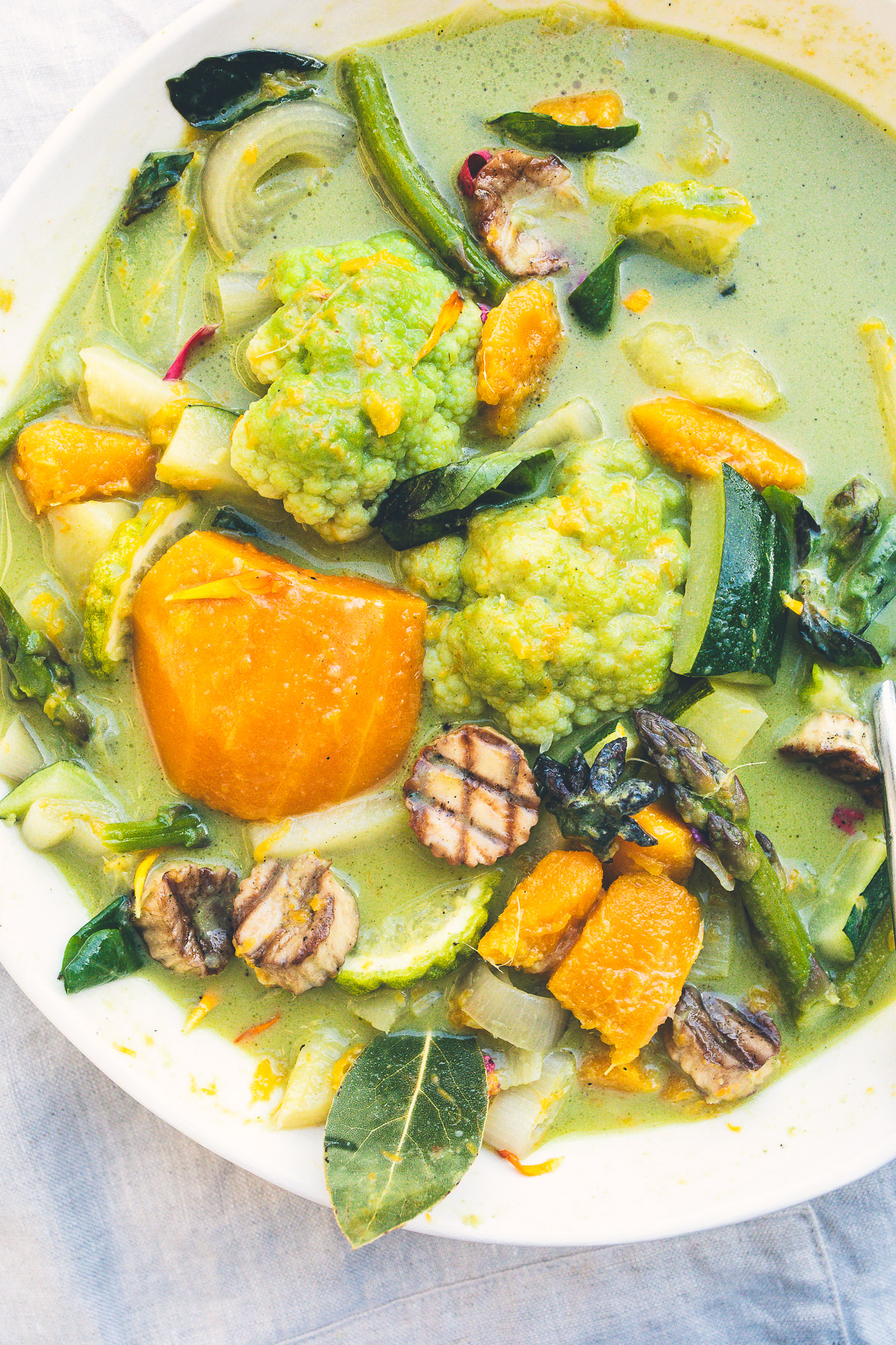
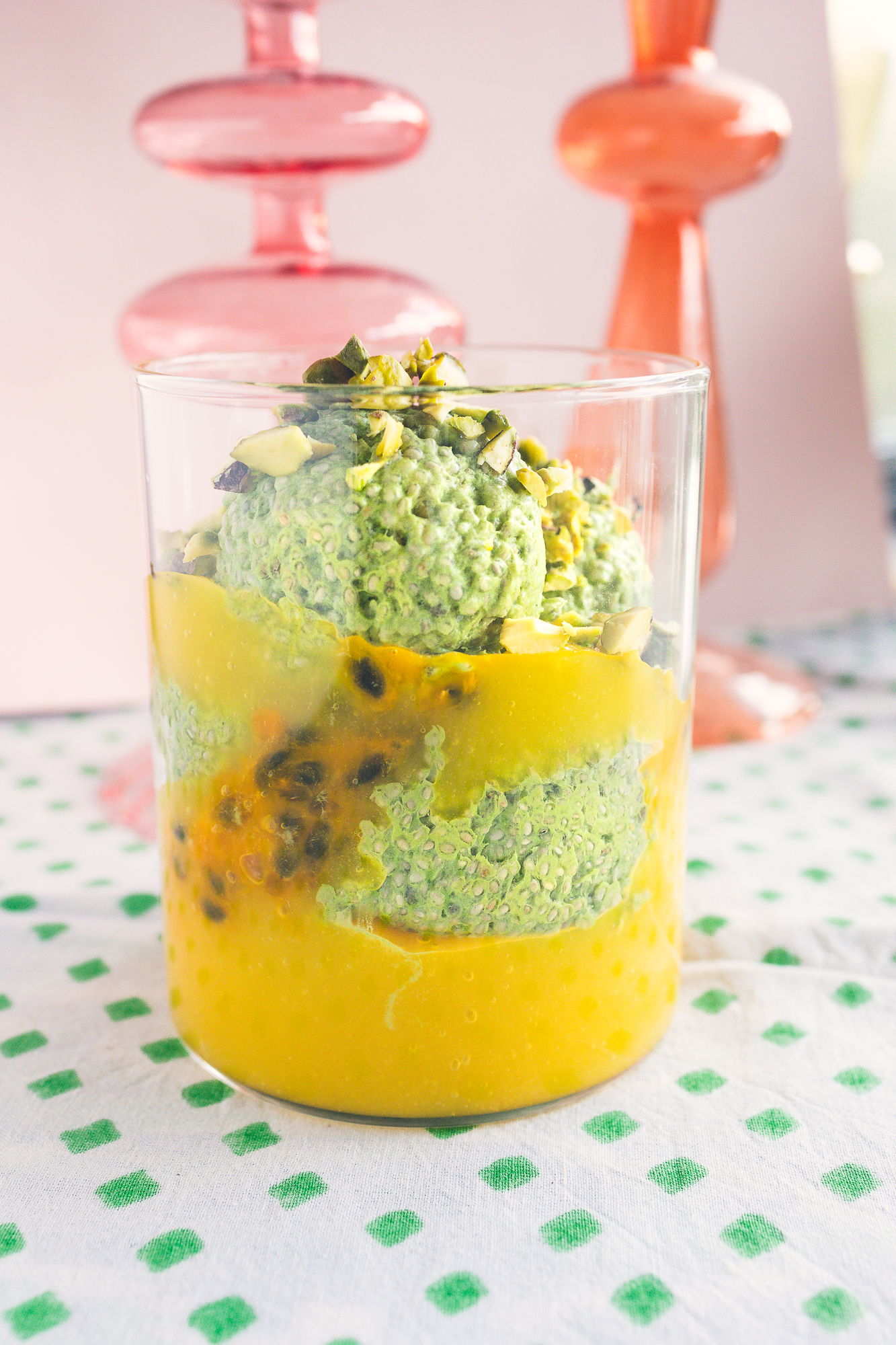





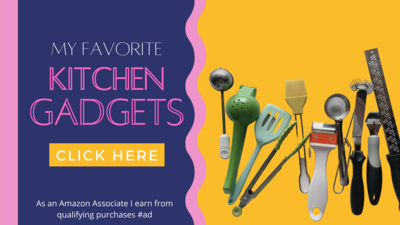
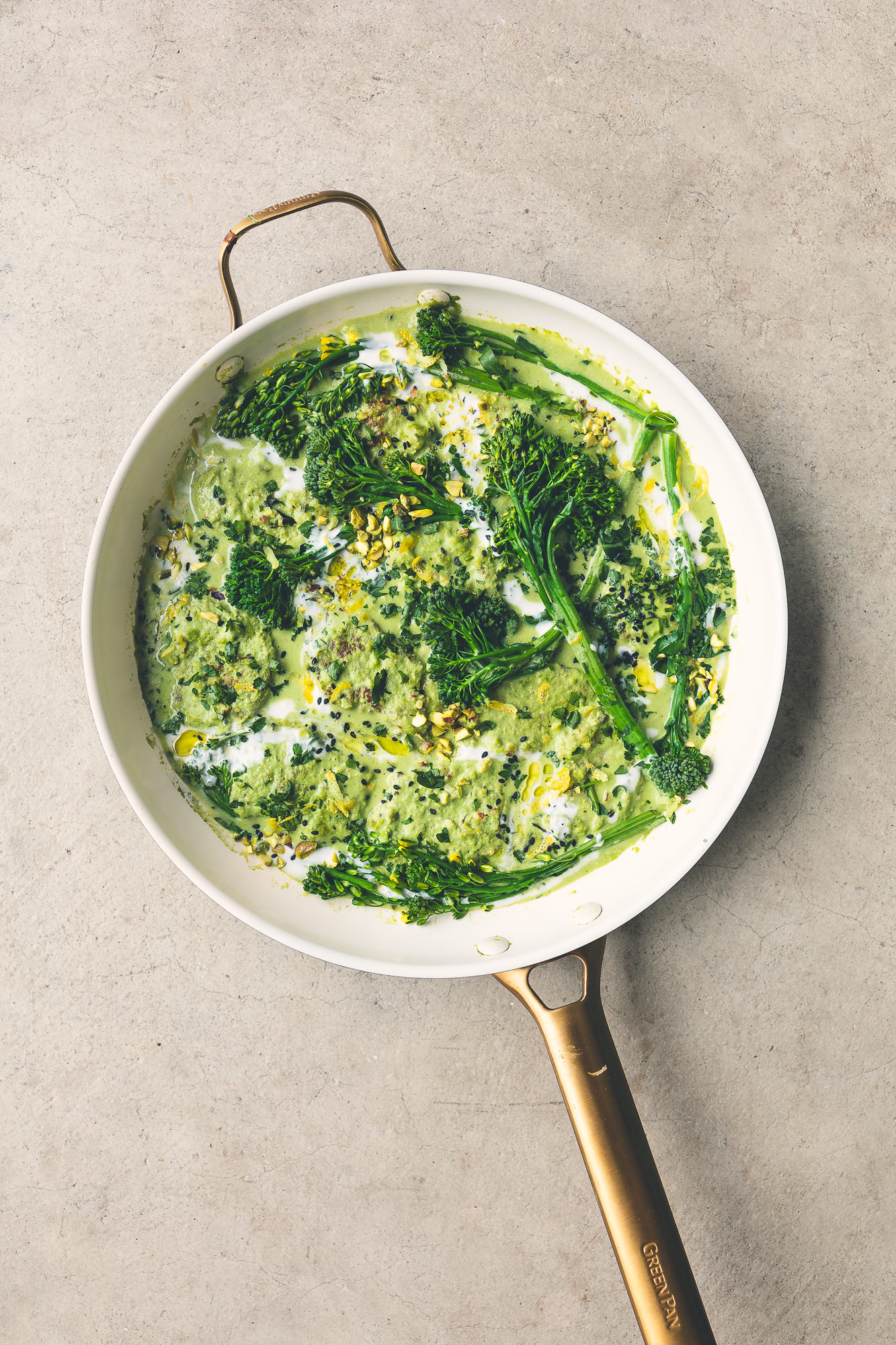
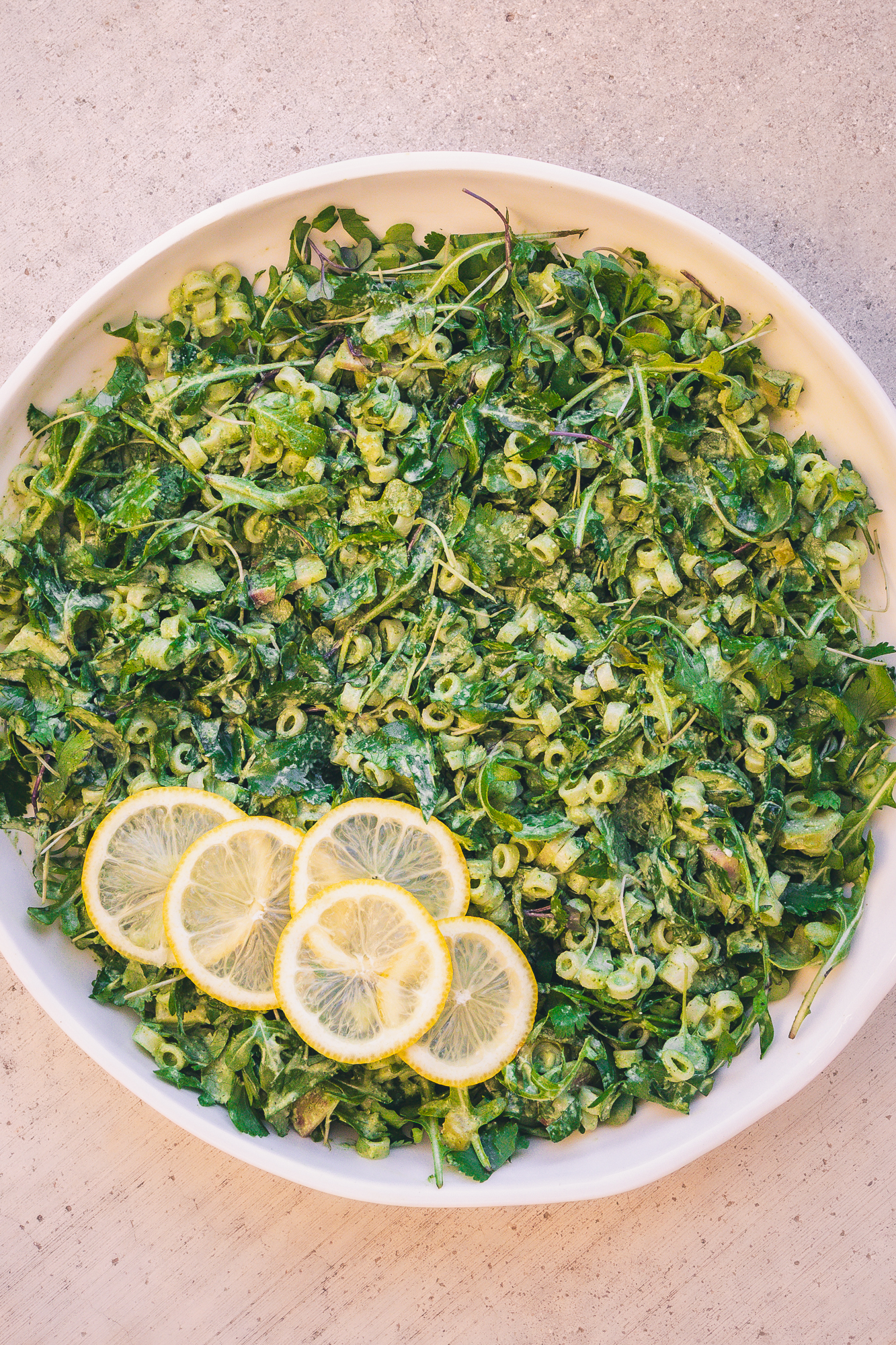
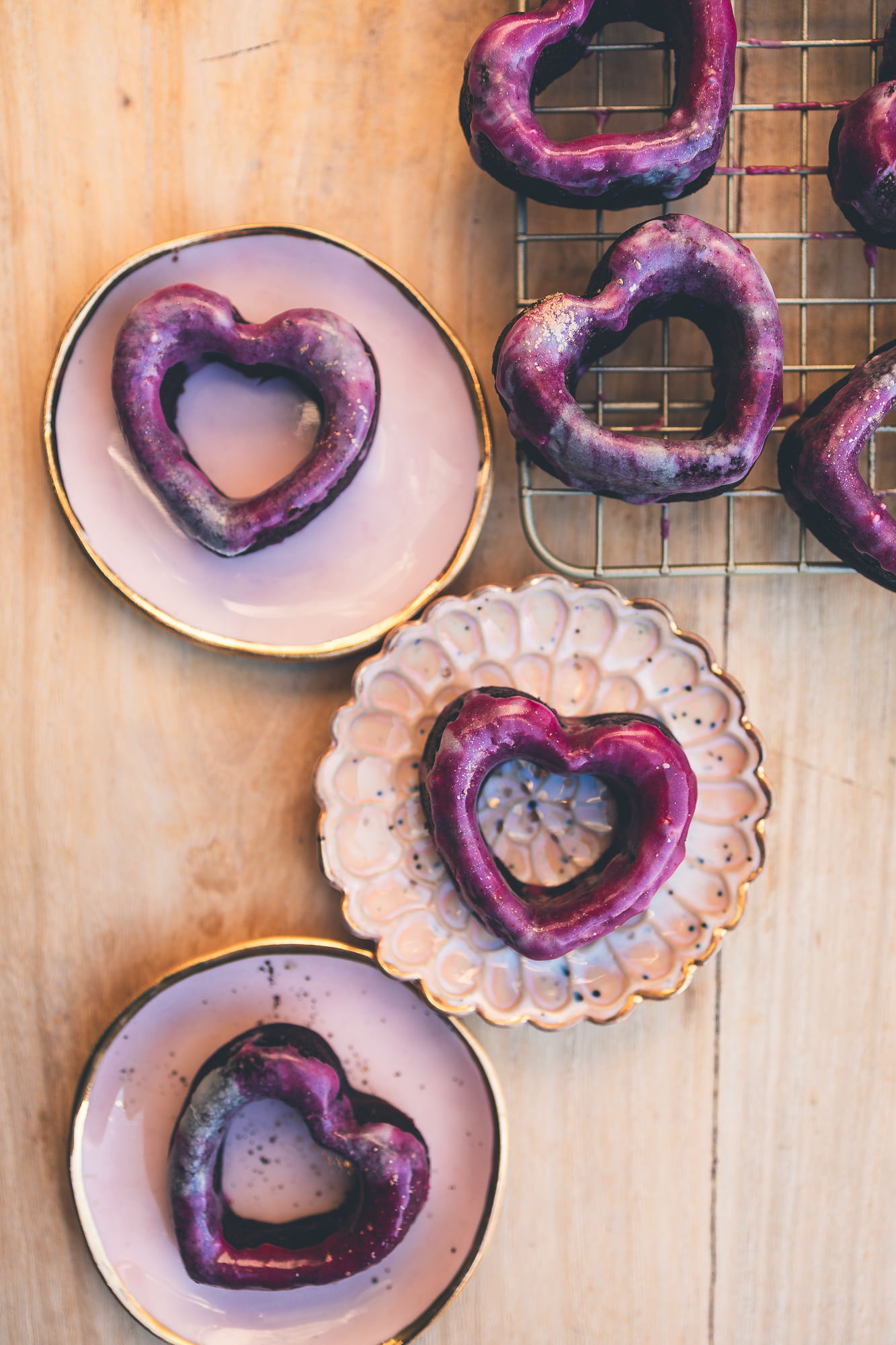

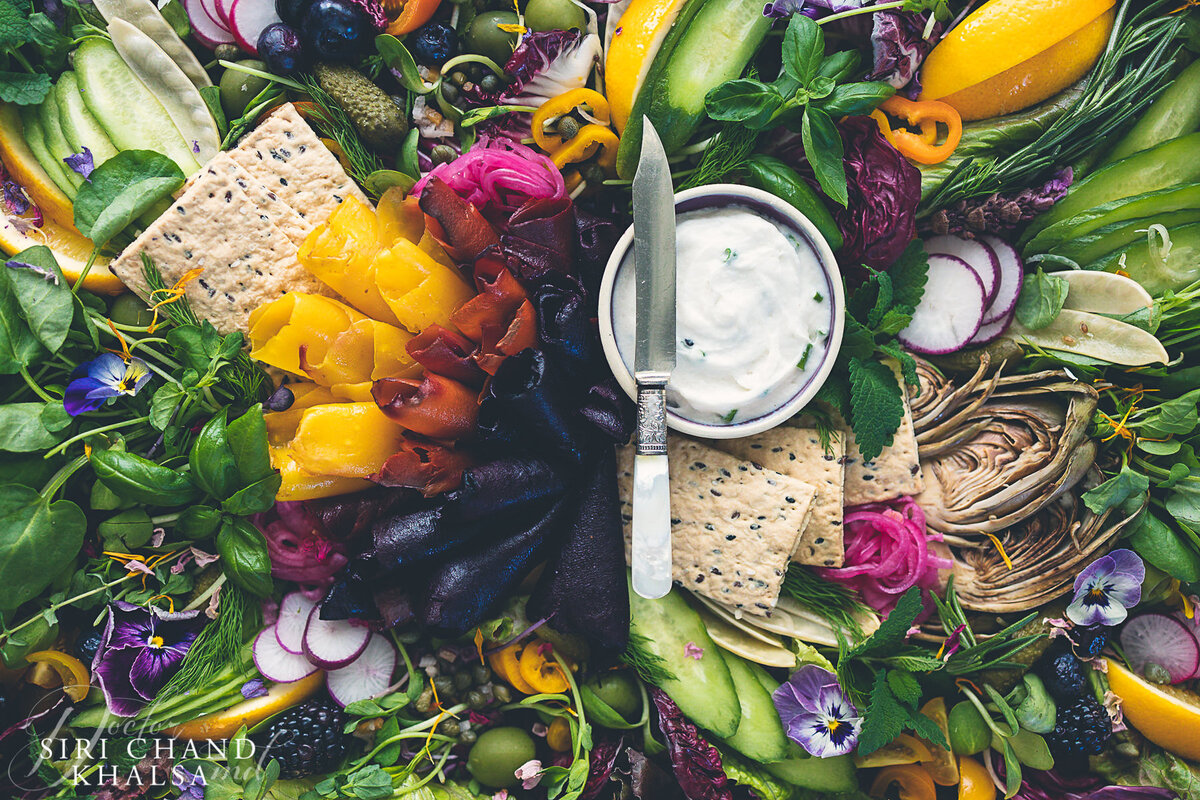



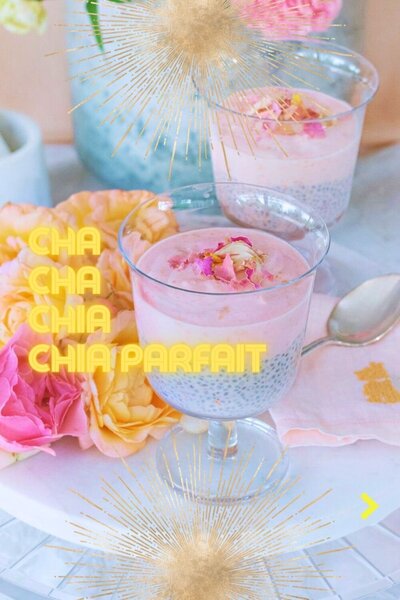


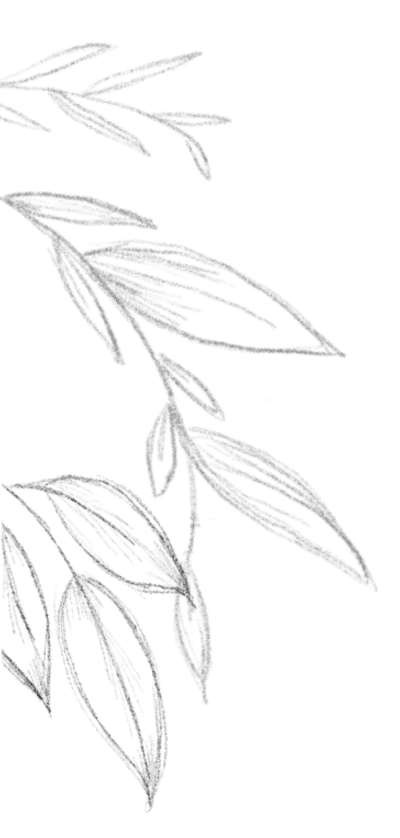
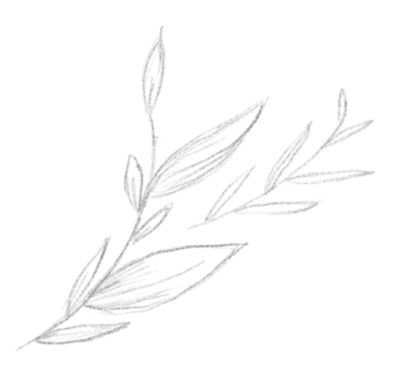
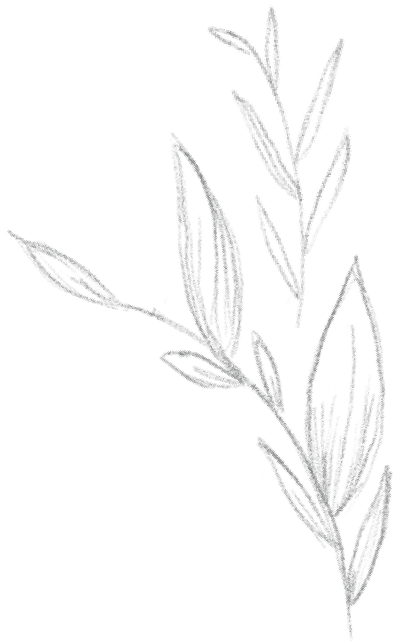
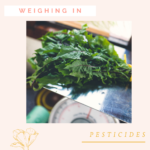
Be the first to comment